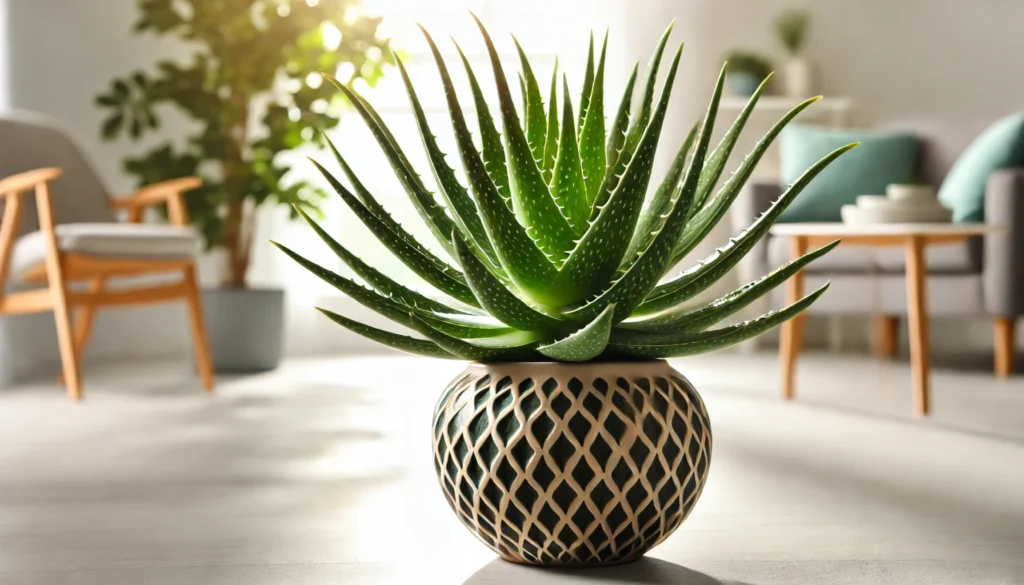
The Moth Orchid, formally known as Phalaenopsis, is a beloved houseplant known for its striking, butterfly-like flowers and robust nature. With its elegant blooms that can last for several months, this orchid can grow up to 3 feet tall with a similar spread, making it a perfect focal point in any indoor garden.
History and Ideal Growing Conditions
Native to Southeast Asia, the Moth Orchid thrives in warm, humid environments, often growing on tree branches in tropical forests. These orchids have been cultivated for centuries, admired for their beauty and relatively easy care compared to other orchid varieties.
To replicate their natural habitat, Moth Orchids prefer bright, indirect light and consistent humidity. They flourish in temperatures ranging from 60-85°F (15-29°C). These conditions mimic their native tropical climates, helping them to grow and bloom successfully indoors.
Toxicity and Pets
Moth Orchids are non-toxic to both pets and humans, making them an excellent choice for households with curious animals and children. You can enjoy the beauty of these orchids without worrying about potential harm to your furry friends or little ones.
Best Practices for Caring for Moth Orchids
Caring for a Moth Orchid involves a few specific practices to ensure it thrives and blooms regularly. Here are some key care tips:
Watering and Humidity
Watering Moth Orchids properly is crucial. They prefer to be kept moist but not waterlogged. Water your orchid once a week, allowing the water to drain completely. It’s best to water in the morning to ensure the leaves dry by nightfall, reducing the risk of fungal diseases.
Humidity is essential for Moth Orchids. Aim for a humidity level of 50-70%. If your home is dry, especially in winter, consider using a humidity tray or a room humidifier. Misting the plant occasionally can also help maintain the necessary humidity levels.
Soil, Light, and Temperature
Moth Orchids need a well-draining medium, such as a bark-based orchid mix, to mimic their natural epiphytic growing conditions. Avoid regular potting soil, as it retains too much moisture and can lead to root rot.
These orchids thrive in bright, indirect light. An east or west-facing window is ideal. Direct sunlight can scorch the leaves, so it’s essential to filter the light with a sheer curtain if necessary.
Maintaining the right temperature is also important. Moth Orchids prefer temperatures between 60-85°F (15-29°C). Avoid placing them near drafts or heat sources, which can cause stress and affect their growth.
Common Problems and Remedies
Despite their robust nature, Moth Orchids can encounter a few common issues:
- Yellow Leaves: Overwatering or insufficient light can cause yellow leaves. Adjust your watering schedule and ensure the plant receives adequate, indirect light.
- Root Rot: This results from overwatering or poor drainage. Ensure the orchid is planted in a well-draining medium and allow the roots to dry out between waterings.
- Pests: Common pests include mealybugs, aphids, and spider mites. Treat infestations with insecticidal soap or neem oil and regularly inspect your plant.
Propagation and Benefits
Propagating Moth Orchids can be challenging but rewarding. The most common method is through keikis (baby plants) that sometimes grow on flower spikes. Once the keiki has developed roots, it can be carefully removed and potted separately.
Moth Orchids offer several benefits beyond their beauty. They can improve indoor air quality by removing toxins and releasing oxygen. Their long-lasting blooms add a touch of elegance to any room, and caring for them can be a relaxing and rewarding hobby.
Final Thoughts
The Moth Orchid is a graceful and robust houseplant that can bring beauty and tranquility to your home. With proper care and attention to their specific needs, these orchids can thrive and bloom year after year, providing a stunning display of nature’s artistry.
Incorporating a Moth Orchid into your indoor garden not only enhances its aesthetic appeal but also offers the satisfaction of nurturing a living work of art. Happy gardening!



